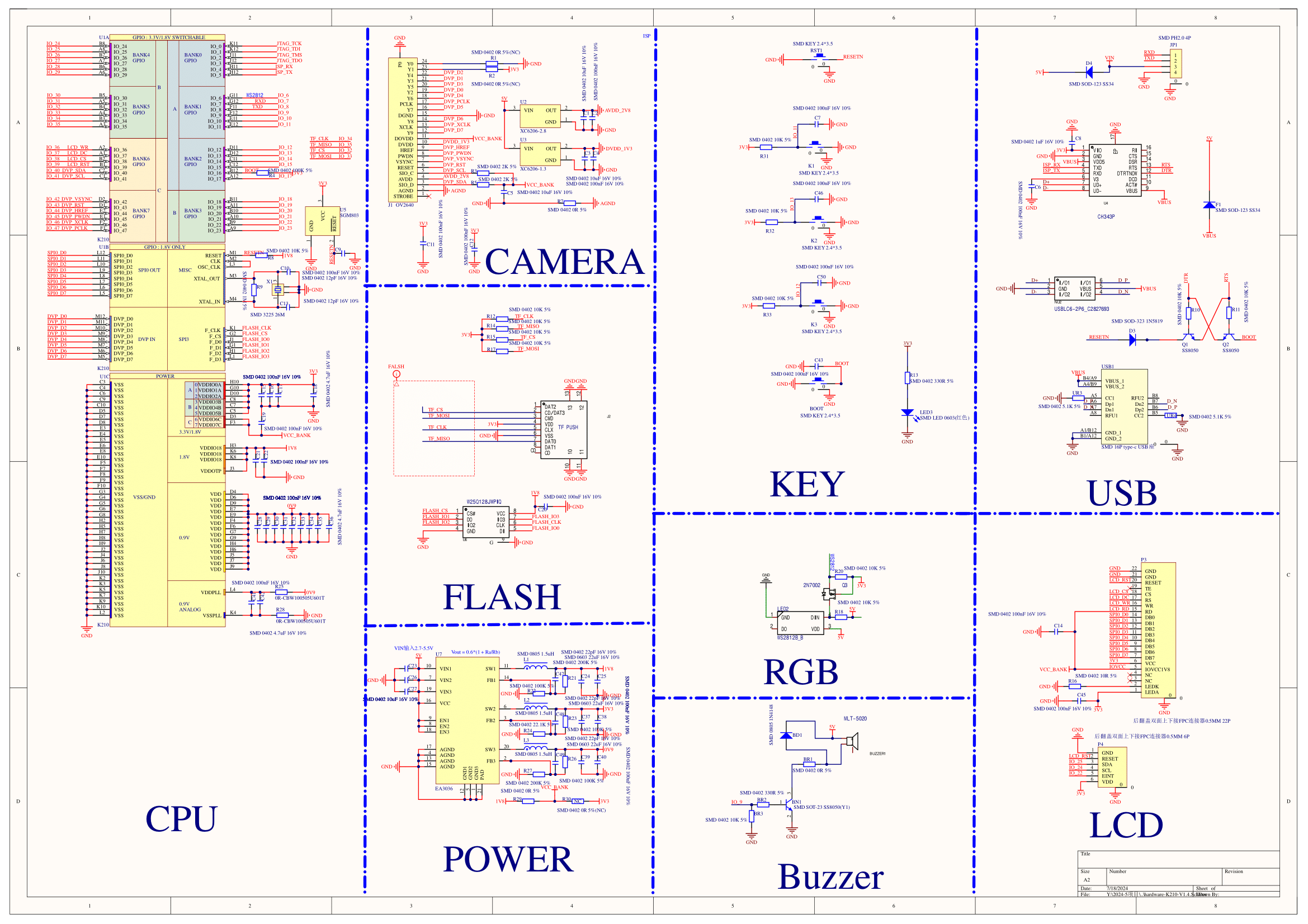CanMV-K210 Introduction
Introduction
K210, fully named Kendryte K210, is a self-developed chip by Canaan Technology that adopts RISC-V processor architecture, featuring three major characteristics: integrated audio-visual capabilities, self-developed IP cores, and strong programmability. It supports multi-modal recognition of machine vision and machine hearing, and can be widely used in smart home, smart campus, smart energy consumption, and smart farm scenarios. Kendryte K210 uses TSMC's ultra-low-power 28nm advanced process, featuring dual-core 64-bit processor with total computing power up to 1TOPS, built-in various hardware acceleration units (KPU, FPU, FFT, etc.), and has excellent power performance, stability, and reliability.
The K210 chip architecture diagram is shown below for reference. For specific reference information, please refer to the K210 chip technical manual documentation.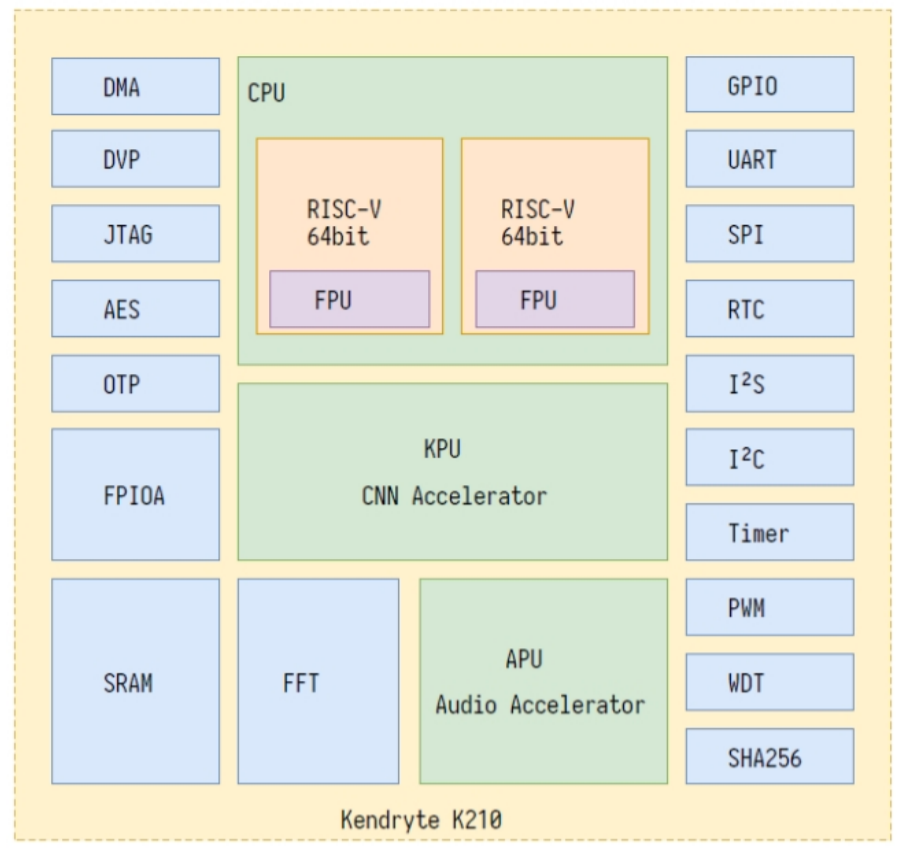
K210 is an MCU based on RISC-V reduced instruction set. Among its many features, the chip architecture includes a self-developed neural network hardware accelerator KPU as its biggest feature, which can perform convolutional neural network operations with high performance. In terms of AI computing for MCUs, the K210 chip's computing power is very impressive. According to Canaan's official website description, K210's KPU computing power can reach 0.8TFLOPS. What level is this equivalent to? For example, the latest Raspberry Pi 4B has computing power less than 0.1TFLOPS, while Jetson Nano, which sells itself on neural network processing, has 128 CUDA units with computing power of only 0.47TFLOPS.
In addition to the excellent KPU computing power, the K210 chip supports FPIOA (Field Programmable IO Array), which can map each peripheral to any pin at will, simplifying developers' pin allocation and GPIO wiring issues.
The K210 chip has dual-core CPU internally, with RISC-V 64-bit instruction set, each core has independent FPU built-in, which can perform floating-point operations independently.
K210 also has high-performance, low-power SRAM, totaling 8M, with 2M dedicated to AI computing and 6M for programs; dedicated external FLASH interface to increase its own storage space; data transmission can use powerful DMA, with excellent performance in data throughput capability.
K210 also has built-in fast Fourier transform accelerator, which can perform complex FFT calculations.
Under the premise of strong performance, the K210 chip also pays great attention to security, with built-in AES and SHA256 algorithm accelerators, providing effective protection for user data security.
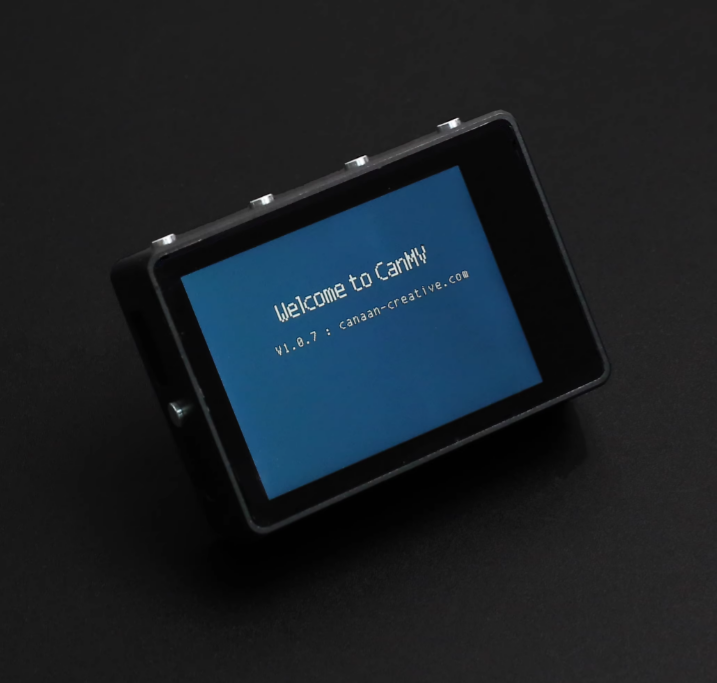
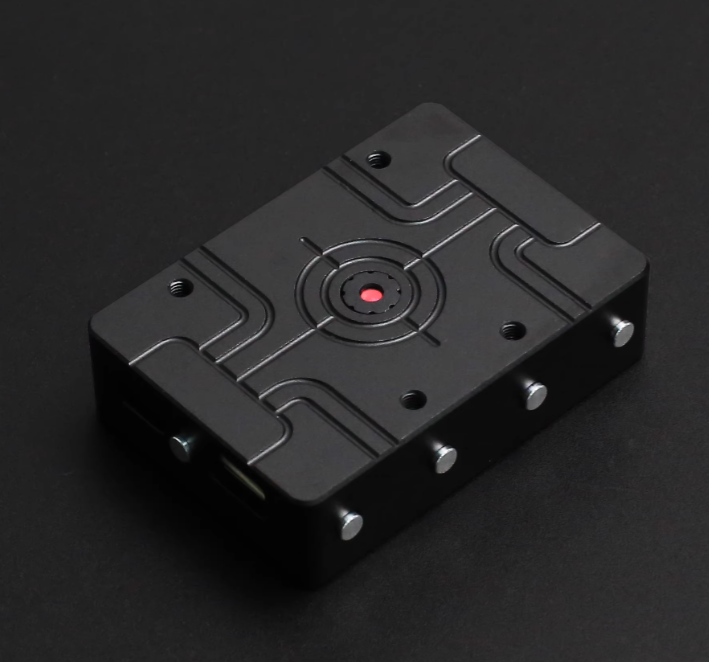
Hardware Description
Renderings
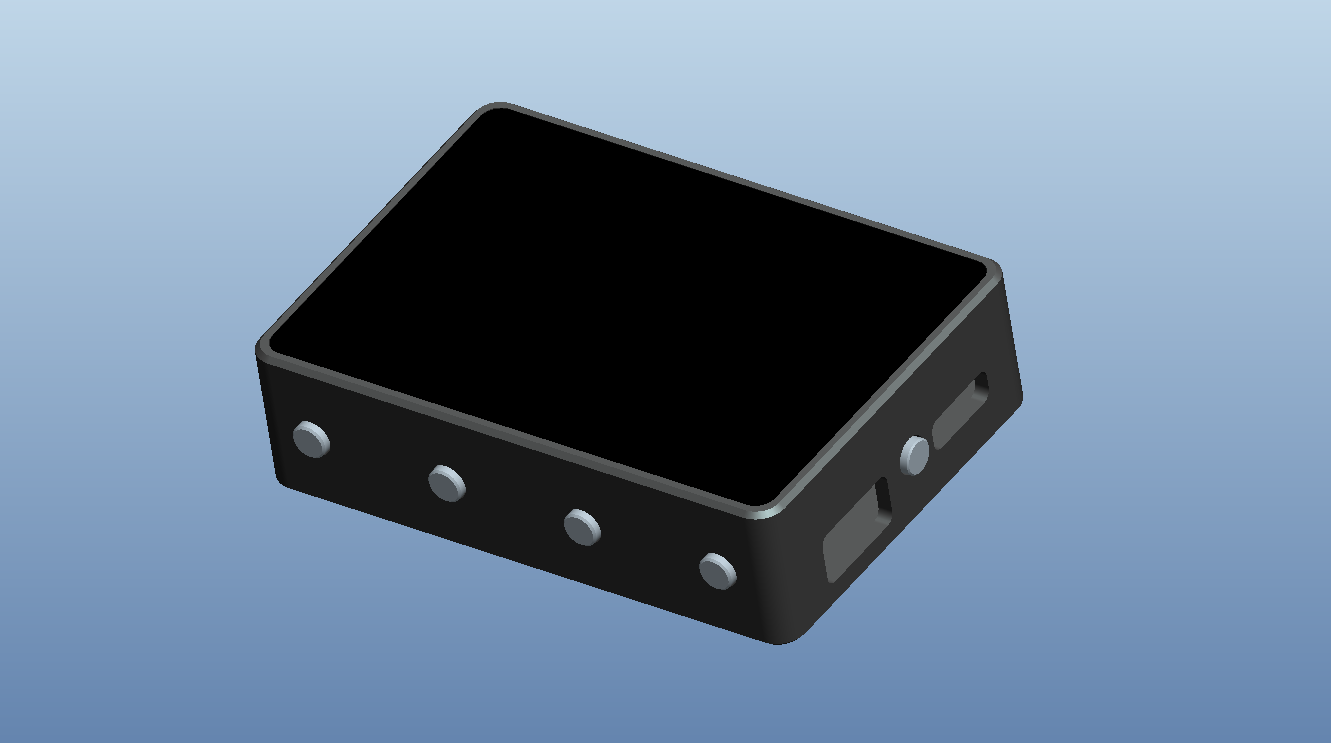
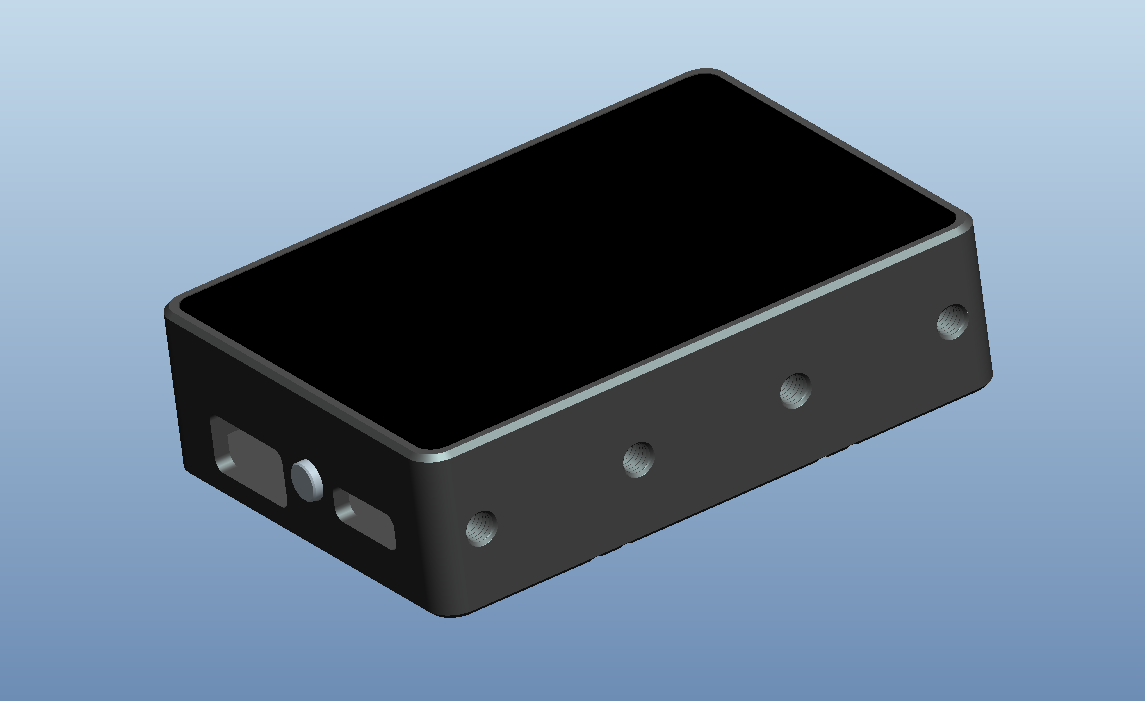
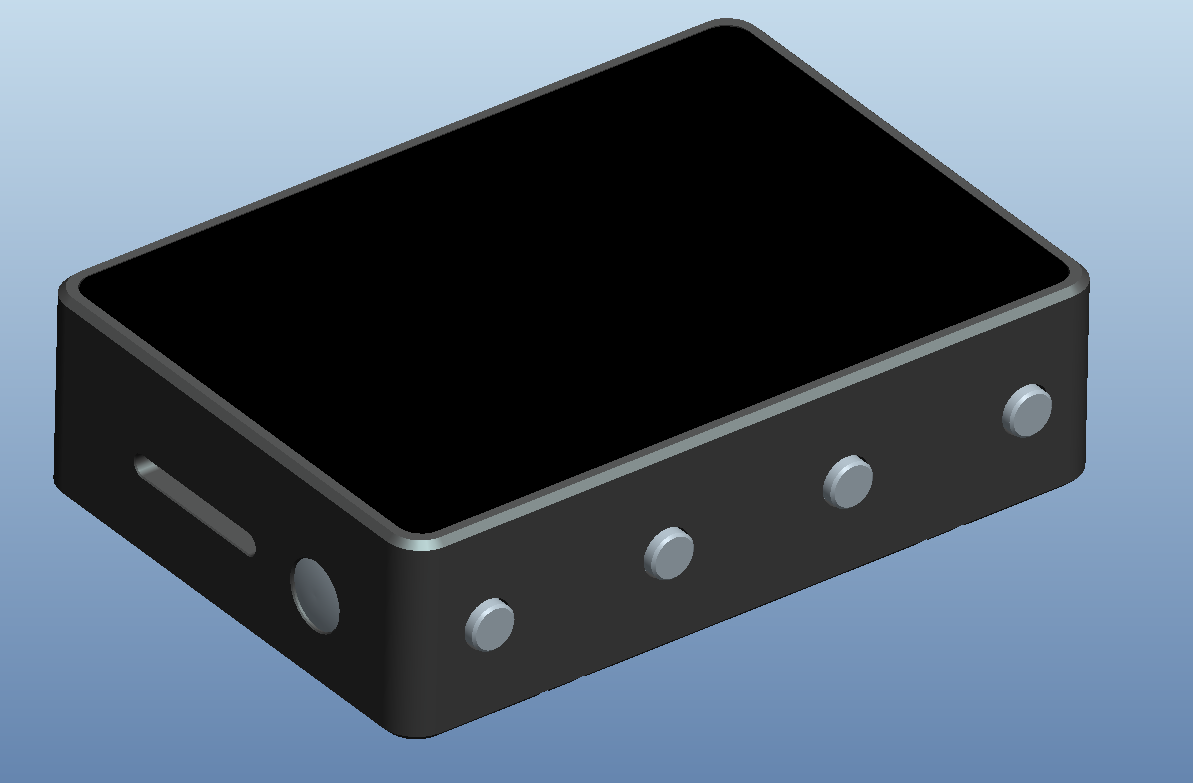
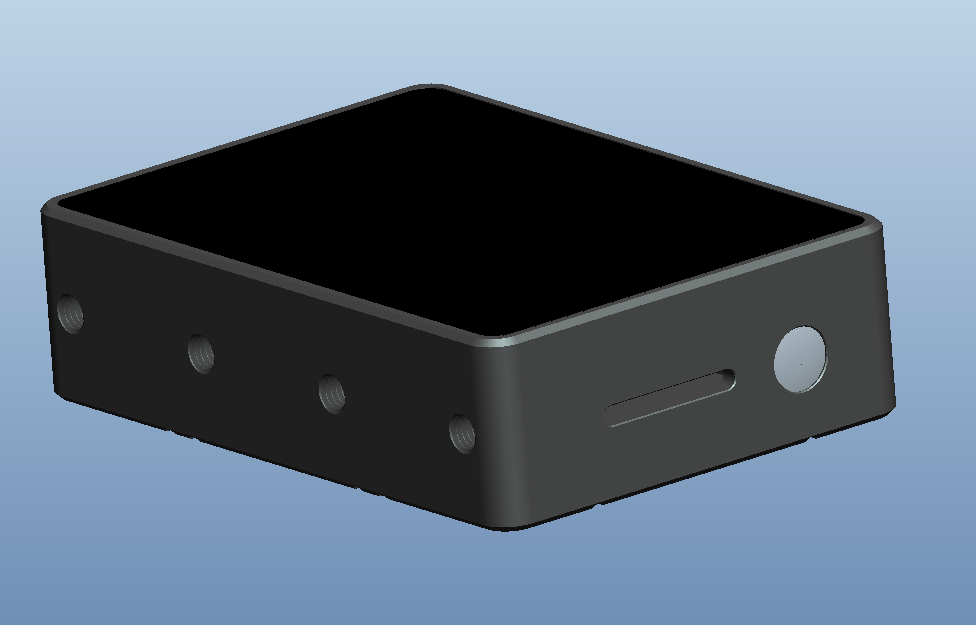
Dimension Diagram
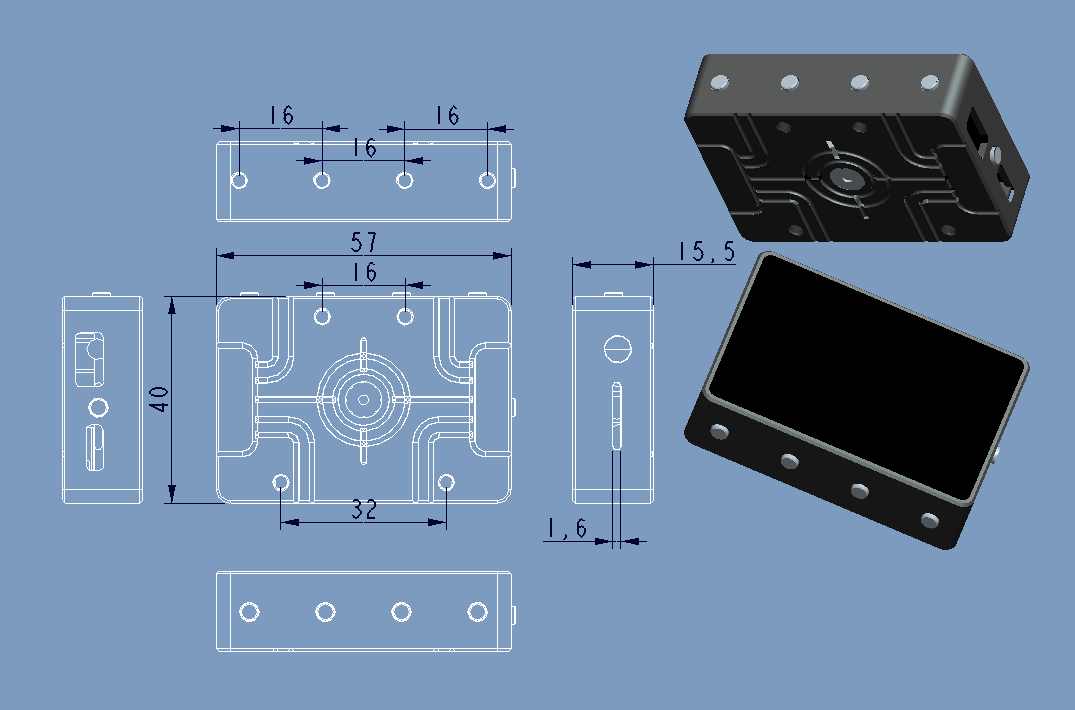
Schematic Diagram
